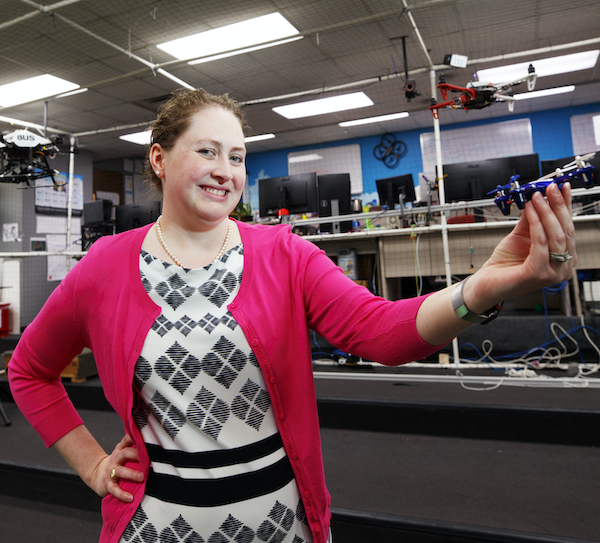Teaching, Learning, Flying, and Interacting: computing as a pathway to your goals
Keynote Talk, Women in Science Conference, University of Nebraska-Lincoln
Dr. Brittany Duncan, Associate Professor in the School of Computing and co-Director of the NIMBUS lab at the University of Nebraska-Lincoln, will present on her path to academia, how her interests drove her research, and why you should consider computing careers in the future. Her research interests focus on how to enable flying robots to better interact with people in a variety of situations, ways in which flying robots can be improved to better interact with the world, and improving student success in computing degree programs. Dr. Duncan will discuss how serendipitous interactions and opportunities allow her to develop flying robots to help people accomplish their jobs in better, safer ways so that scientists can better monitor the environment.
